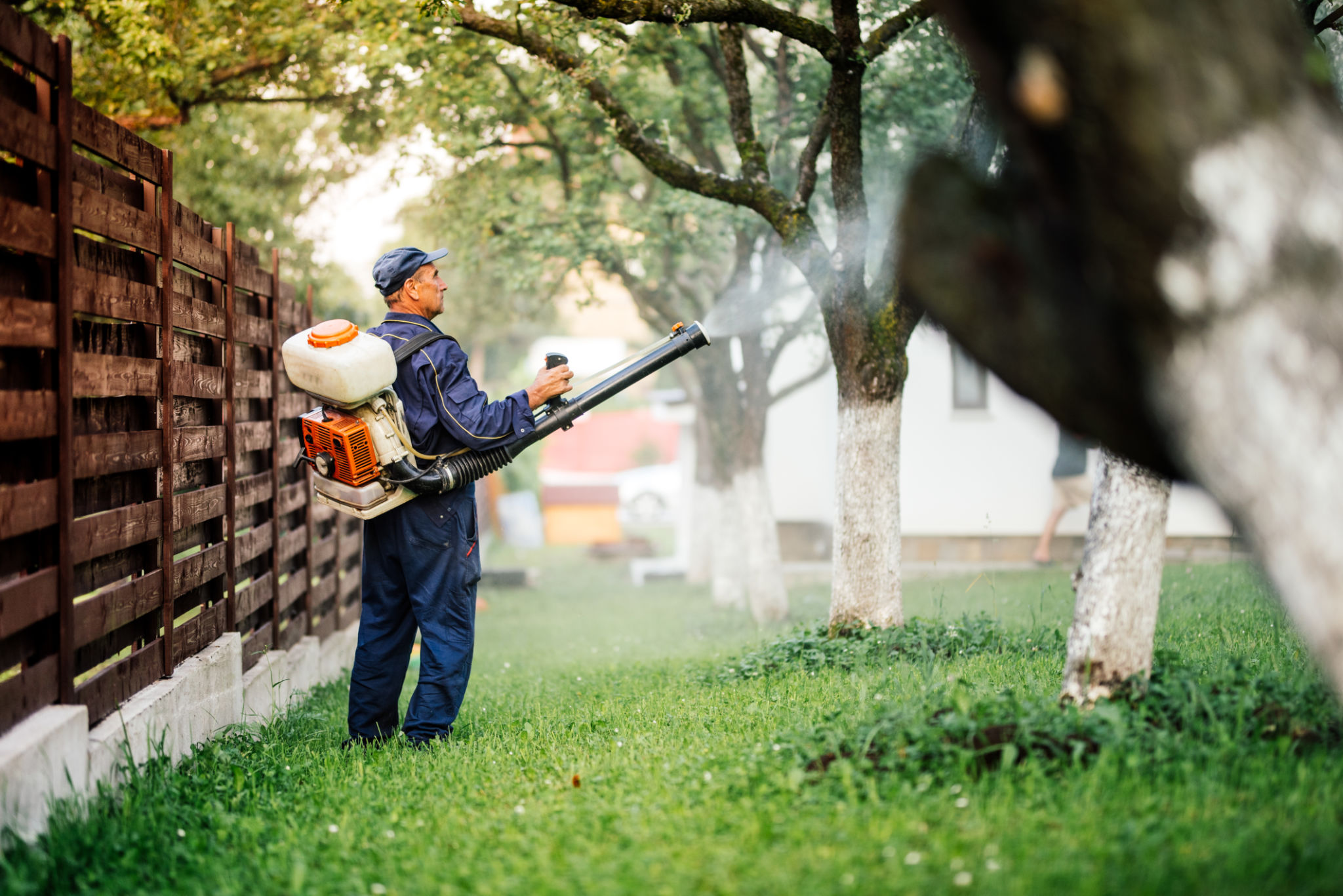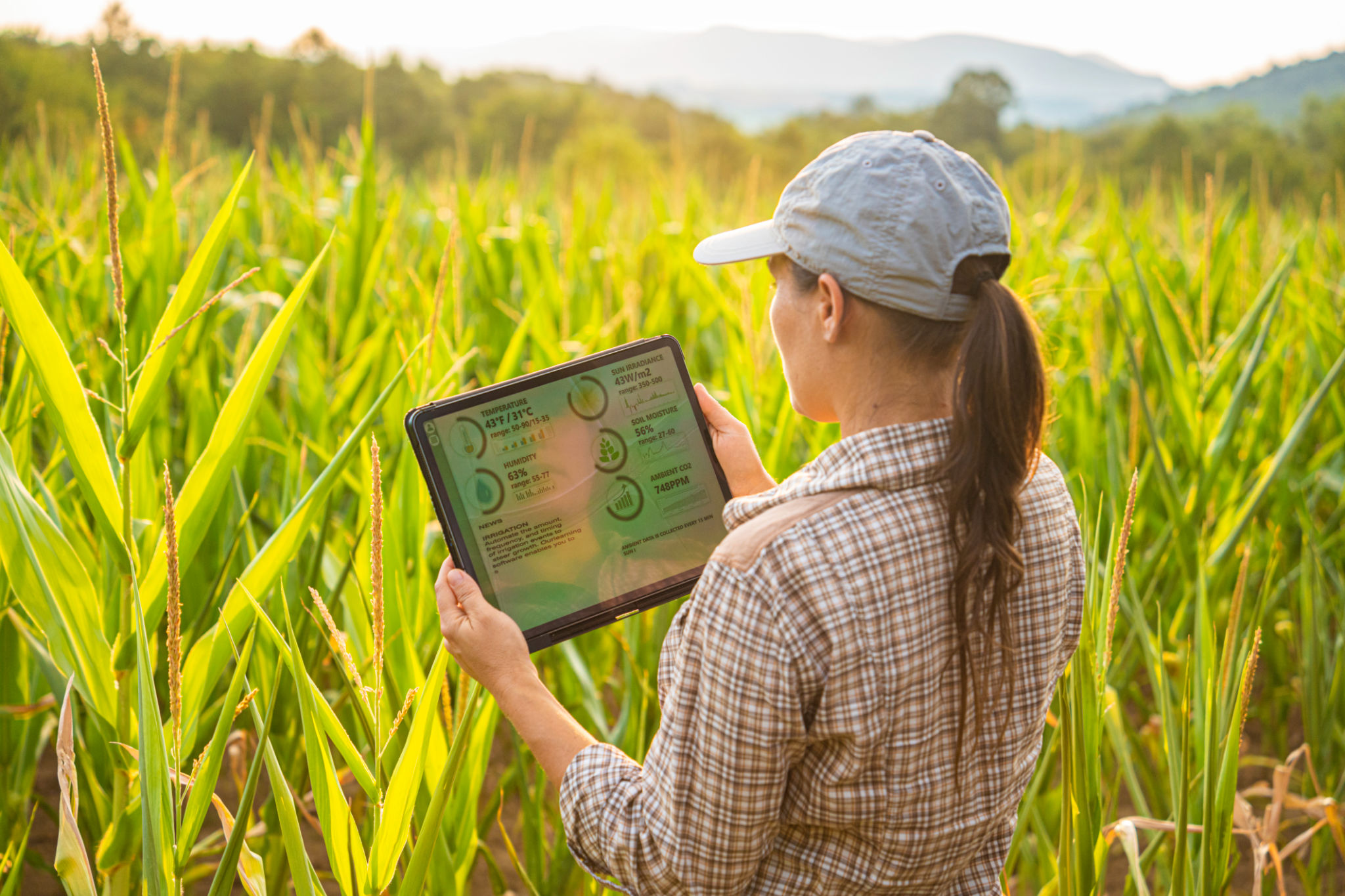The Impact of Johor's Climate on Pest Infestations and Control Strategies
Understanding Johor's Climate
Johor, located at the southern tip of Peninsular Malaysia, boasts a tropical rainforest climate characterized by high humidity and significant rainfall throughout the year. The average temperature hovers around 27°C (80°F), creating a warm and moist environment that is highly conducive to pest infestations. These climatic conditions are a double-edged sword, providing a lush habitat for both flora and fauna but also fostering the proliferation of various pests.

The Common Pests in Johor
Given Johor's climate, it is no surprise that certain pests thrive in this region. Among the most common are mosquitoes, termites, and cockroaches. Mosquitoes find the humid environment ideal for breeding, especially during the monsoon seasons. Termites, on the other hand, are drawn to the warmth and moisture, making them a constant threat to wooden structures. Cockroaches, known for their adaptability, flourish in the abundant food supply and favorable climate.
These pests not only cause discomfort but can also pose serious health risks and structural damage. For instance, mosquitoes are vectors for diseases like dengue fever and malaria, while termites can undermine the structural integrity of homes and buildings.
Impact of Climate on Pest Behavior
The climatic conditions in Johor have a significant impact on pest behavior and life cycles. The persistent warmth accelerates breeding cycles, while high humidity increases the likelihood of survival for many pests. As a result, pest populations can explode rapidly if not managed properly. This makes it crucial for residents and businesses to adopt proactive pest control measures tailored to the region's climate.

Effective Pest Control Strategies
To combat the pest issues exacerbated by Johor's climate, a multi-faceted approach is necessary. Here are some effective strategies:
- Regular Inspections: Conducting regular inspections of homes and buildings helps in early detection of pest activity, allowing for timely intervention.
- Environmental Management: Reducing standing water and maintaining cleanliness can significantly cut down on mosquito breeding sites.
- Professional Pest Control Services: Engaging professional services ensures the use of appropriate methods and chemicals that effectively target specific pests.
Biological Control Methods
In addition to traditional pest control measures, biological control methods offer sustainable alternatives. These methods involve using natural predators or parasites to manage pest populations. For instance, introducing certain fish species into water bodies can help control mosquito larvae. Similarly, employing nematodes can be effective against termite infestations.

Community Involvement in Pest Management
The fight against pest infestations in Johor cannot be won without community involvement. Public awareness campaigns can educate residents about preventive measures and encourage community-wide initiatives to reduce pest habitats. Simple actions like covering trash cans, clearing gutters, and collaborating in neighborhood clean-up drives can significantly impact pest management efforts.
Moreover, sharing information about successful pest control practices can inspire collective action and lead to more innovative solutions tailored to local challenges.
The Role of Technology in Pest Control
As technology advances, new tools and methods are emerging in the field of pest management. Smart traps equipped with sensors and IoT technologies enable real-time monitoring and data collection on pest activity. These insights allow for more targeted interventions, reducing the need for widespread pesticide use.

Additionally, mobile applications that provide alerts about pest outbreaks or offer guidance on DIY pest control measures are becoming increasingly popular among residents.
Conclusion: A Balanced Approach to Pest Control
In conclusion, Johor's climate presents unique challenges for pest management. However, with a balanced approach that combines traditional methods with modern technologies and community involvement, it is possible to mitigate the impact of pests effectively. By understanding the link between climate and pest behavior, residents can adopt strategies that not only protect their homes but also contribute to a healthier environment.
